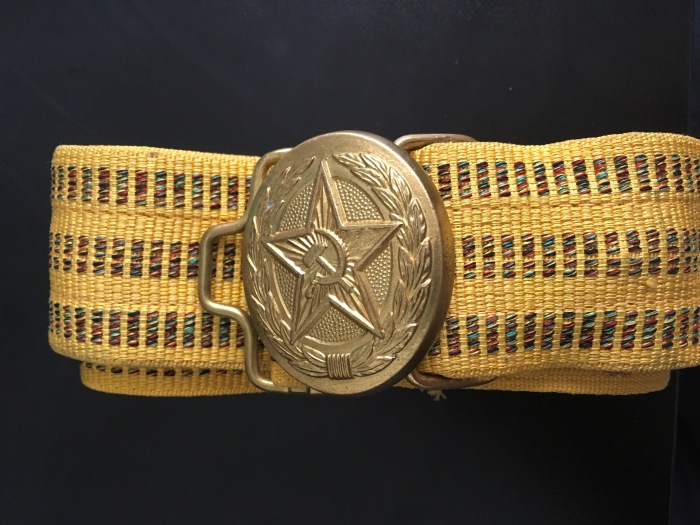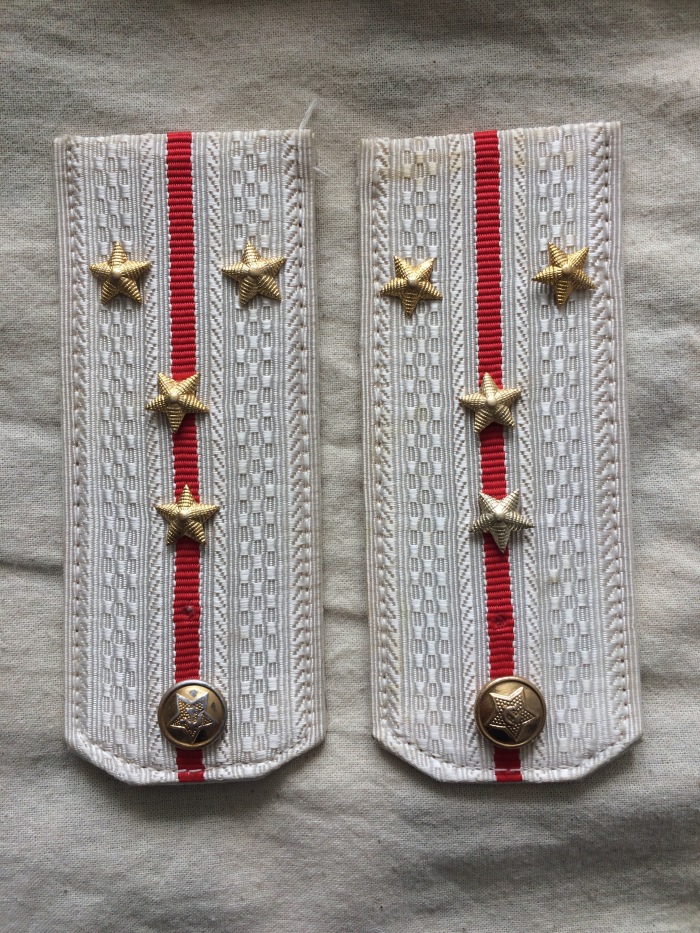
The NLF, formally known as The National Front for the Liberation of South Vietnam (commonly shortened to the National Liberation Front), was formed on December 20th 1960. It was an organisation that aimed to overthrow the regime of Diem in South Vietnam, and ultimately to reunify the North and South. They were dubbed the Việt cộng by those in the South, a contraction of ‘Việt Nam Cộng-sản’ (Vietnamese Communist), or alternatively ‘Việt gian cộng sản’ (Communist traitor to Vietnam). To the Americans, they became known as ‘Victor Charlie’ or commonly just ‘Charlie’, and this commonly referred to any communist force in Vietnam, not just members of the NLF (primarily because American troops struggled to work out who was a member of which organisation, as the NLF did not wear uniforms or recognisable insignia).
But who were the NLF? The organisation had its military arm, the People’s Liberation Armed Forces, which included the notorious guerrilla units that most people think of when the Vietnam war is mentioned. But there were also full-time soldiers, members of regional forces who were better equipped than the guerrilla militia. The guerrilla forces relied mainly on weapons captured from the Americans, or weapons left behind from the previous conflict with the French (which were mostly American-made weapons). The NLF also had agents in the ARVN, the South Vietnamese army, working to destroy them from within. There was far more to the NLF than purely guerrilla warfare.
But the guerrilla forces were a vital part of the NLF. They were successful in recruiting many thousands of South Vietnamese people to either join the organisation, or at least support them. The vast majority of South Vietnamese did not support the regime of Diem; he was oppressive towards them, took much of their land away and forced them to pay, and had no respect for their religion and culture (Diem was a Catholic, and was arguably far more like the Americans than he was his own people). This alienated the Vietnamese, and they saw the NLF as a way of getting rid of Diem. Many people who joined the NLF were not communists at all; a large percentage of the membership joined to get revenge for family and friends who had been killed by the French in previous conflict (whom the Americans had aided). They supported communism simply in order to remove Diem from power, for love of their country and anger at the past. In an interview with a former NLF member, he explained that many people had heard of Maoism and Leninism and knew they were named after Mao and Lenin, and so they assumed Socialism and Communism were simply movements named after people called Social and Commun. However many were communists, or supported communist policies without knowing they were communist. The NLF gained much support by promising to take back the land from the rich and redistribute it among the peasants.
The membership of the NLF came from almost all areas of society. Buddhist monks could be found in the NLF, more significantly so during and following the Buddhist crisis of 1963. Many former members of religious sects such as the Cao Dai were also members, as they had been persecuted by the regime. Peasants and farmers made up a large portion of the membership, as they had suffered greatly due to loss of land, or being forced into ‘Strategic hamlets’ by the US (a campaign that failed greatly and gave the NLF a surge in support). Women and children were also members, many became part of the militia, and those who couldn’t worked behind the scenes, cooking food for the forces, working in the hospitals or along the Ho Chi Minh trail to transport supplies, among many other jobs. Women were particularly useful to the NLF, as American troops were not used to women being part of the military, they were even less likely to be suspected than other undercover parts of the NLF militia; many women were enlisted in intelligence services. The diverse membership of the NLF gave them many advantages; a wealth of different skills to utilise.
The NLF was a highly effective organisation that was impossible to beat, due to their secretive nature and military tactics, the trouble US troops had in identifying them and the huge support network they had in the South, as more and more people revolted against Diem’s regime and American intervention.
I hope you enjoyed this post, thanks for reading!



 Lastly I got this wonderful 50 years of the armed forces Jubilee medal, issued in 1968
Lastly I got this wonderful 50 years of the armed forces Jubilee medal, issued in 1968


 This is (what I was told is) a NLF battle flag, dated to 1969, however I have some suspicions it could have been made as a souvenir but I will never know its true origin.
This is (what I was told is) a NLF battle flag, dated to 1969, however I have some suspicions it could have been made as a souvenir but I will never know its true origin.






